
针刺治疗神经系统疾患:神经生物学研究 英文版
有笔记 看图
¥ 160 九品
仅1件
北京东城
认证卖家担保交易快速发货售后保障
作者[美]夏萤 编
出版社清华大学出版社
出版时间2010-01
版次1
装帧精装
货号s55
上书时间2024-10-08
- 在售商品 暂无
- 平均发货时间 10小时
- 好评率 暂无
- 店主推荐
- 最新上架
商品详情
- 品相描述:九品
图书标准信息
- 作者 [美]夏萤 编
- 出版社 清华大学出版社
- 出版时间 2010-01
- 版次 1
- ISBN 9787302211082
- 定价 120.00元
- 装帧 精装
- 开本 16开
- 纸张 胶版纸
- 页数 480页
- 字数 731千字
- 正文语种 英语
- 【内容简介】
-
《针刺治疗神经系统疾患:神经生物学研究》采用现代科学语言,诠释了针刺疗法对于神经系统疾患的作用及其神经生物学机理。内容包括针刺疗法的简要历史、针刺效应的一般机理、穴位功能及现代研究、针刺镇痛及针药复合麻醉、慢性疼痛、中风、心脏病、高血压、癫痫、免疫抑制、不孕症、围绝经期综合征、抑郁症、戒烟和戒毒等。所有章节均邀请有经验的学者撰写,作者分别来自复旦大学上海医学院中西医结合系(针刺原理研究所)及医学神经生物学国家重点实验室、上海市针灸经络研究中心、美国耶鲁大学医学院和哈佛人学医学院。其中复旦大学上海医学院中西医结合系(针刺原理研究所)开展针刺研究已有50多年的历史,1983年被任命为世界卫生组织传统医学合作中心。
《针刺治疗神经系统疾患:神经生物学研究》基于多学科技术的现代研究,为针刺研究和神经科学工作者呈现了针刺疗法的概貌和展望,为临床工作者在针刺疗法的应用及机理方面提供了较为翔实的参考资料。对医学生而言,这是一本中西医结合的专业指导书。 - 【作者简介】
- Dr.YingXiaisAssociateProfessoratYaleUniversitySchoolofMedicineandGuestProfessoratShanghaiResearchCenterforAcupunctureandMeridians.Drs.XiaodingCao,GenchengWuandlieshiChengareProfessorsintheStateKeyLaboratoryofMedicalNeurobiologyandDepartmentofIntegrativeMedicineandNeurobiology,ShanghaiMedicalCollegeofFudanUniversity.
- 【目录】
-
IntroductiontotheEditors
Contributors.
1HistoryofModernAcupunctureResearchinChina
1.1AcupunctureandTraditionalChineseMedicine
1.l.1TheChannelsandCollaterals
1.1.2Acupoints
1.1.3GeneralPrinciplesofAcupunctureTreatment
1.2ModemDevelopmentsinAcupunctureTreatment
1.3AcupunctureResearchatShanghaiMedicalUniversity
1.3.1RelationshipBetweentheMeridian-PointsandPeripheralNerves
1.3.2AcupunctureAnalgesiaandAcupunctureAnesthesia
1.3.3TherapeuticEffectsandMechanismsofAcupunctureonNeurologicalDisorders
1.4ConcludingRemarks
References
2NeuroanatomicBasisofAcupuncturePoints
2.1Introduction
2.2PhenomenaofMeridiansandAcupoints
2.2.1TheoryofMeridians,Collaterals,andAcupoints
2.2.2RelativelySpecificEffectsofAcupoints
2.2.3UniquePhysiologicalFeaturesofAcupoints
2.2.4RelativelySpecificAnatomicalStructuresofAcupoints
2.3NeuroanatomicStructureofAcupoints
2.3.1GrossAnatomicalObservationofMeridiansandAcupoints
2.3.2GeneralHistologicalFeaturesofAcupoints
2.3.3MicroanatomicExaminationofAcupoints
2.3.4MorphologicalBasisofSensationofAcupunctureatAcupoints
2.3.5OtherMorphologicResearchonAcupoint
2.4NeuralConnectionBetweenMeridian-PointandViscus
2.4.1SegmentalNerveInnervationBetweenMeridian-PointsandViscera
2.4.2ConvergenceofAfferentSignalsofMeridian-PointsandVisceraintheCentralNervousSystem
2.5AfferentNerveFibersandAfferentPathwayofAcupunctureSignal
2.5.1AcupunctureSignalandAfferentNerveFibers
2.5.2AcupunctureSignalTransmissionPathway
2.6ConcludingRemarks
Acknowledgements
References
3NeuralTransmissionofAcupunctureSignal
3.1Introduction
3.2InitiationofAcupunctureSignal
3.2.1Acupoint-SelectionImpactonthePatternofBrain-AreaActivity
3.2.2AcupunctureModality:ManualorElectrical?
3.2.3WaveForms,Frequency,Intensity,andTiming
3.2.4TransductionofAcupunctureSignalintheAfferentNerves.
3.3IntegrationofAcupunctureSignalintheCentralNervousSystem.
3.3.1IntegrationofNociceptiveandAcupunctureSignalsintheSpinalCordandtheGateControlTheory
3.3.2EffectsofBrainstemandDescendingControlonAcupunctureAnalgesia
3.3.3TheLimbicSystemandAcupunctureAnalgesia
3.4NeurobiologicalMechanismofAcupunctureinAutonomicNervousSystem
3.4.1StructureandFunctionofAutonomicNervousSystem
3.4.2AcupunctureSignalRegulatingActivationofAutonomicNervousSystem
3.4.3TherapeuticEffectsofAcupunctureMediatedThroughAutonomicNervousSystem
3.5ConcludingRemarks
Acknowledgements
References
4Acupuncture-InducedActivationofEndogenousOpioidSystem
4.1Introduction
4.2RoleofEndogenousOpioidSysteminAcupuncture
4.3Acupuncture-PromotedReleaseofEndogenousOpioids
4.3.1CentralRelease
4.3.2PeripheralCirculation
4.3.3Frequency-DependentRelease
4.4Acupuncture-InducedAlterationintheContentofEOPintheBrain.
4.5Acupuncture-EnhancedExpressionofEndogenousOpioids
4.6AcupunctureandOpioidReceptors
4.6.1RoleofOpioidReceptorSubtypesinAcupunctureEffects.
4.6.2AcupunctureandOpioidReceptorDensity
4.7ConcludingRemarks
Acknowledgements
References
5EffectofAcupunctureonNeurotransmitters/Modulators
5.1Introduction
5.25-hydroxytryptamine
5.2.1Acupuncture-InducedIncreaseinCentralHydroxytryptamineActivity
5.2.2AcupunctureRegulationof5-HydroxytryptamineActivityinCertainPhysiologicalandPathophysiologicConditions
5.2.3Acupunctureand5-HydroxytryptamineReceptors
5.3Noradrenalin:
5.3.1AcupunctureReductionofNoradrenalinReleaseandContentintheBrain
5.3.2EffectofEndogenousOpioidPeptidesonNoradrenalinDuringAcupuncture
5.3.3AcupunctureandNoradrenergicReceptors
5.4Dopamine
5.4.1Acupuncture-InducedAlterationinDopaminericActivity
5.4.2EffectofOtherNeurotransmittersonDopaminergicActivityduringAcupuncture
5.4.3AcupunctureandDopaminergicReceptors
5.5Acetylcholine
5.5.1AcupunctureandCholinergicActivity
5.5.2RoleofAcetylcholineinAcupunctureEffects
5.5.3AcupunctureandCholinergicReceptors
5.6AminoAcids
5.6.1ExcitatoryAminoAcids
5.6.2InhibitoryAminoAcids
5.7OtherNeurotransmitters
5.7.1SubstanceP
5.7.2Prostaglandin
5.7.3Cholecystokinin-Octopeptide-8
5.7.4Somatostatin
5.7.5OrphaninFQ
5.7.6NeurotrophicFactors
5.7.7NitricOxide
5.8ConcludingRemarks
Acknowledgements
References
6Acupuncture-DrugBalancedAnesthesia
6.1Introduction:FromAcupunctureAnalgesiatoAcupunctureAnesthesia
6.2FromAcupunctureAnesthesiatoAcupuncture-DrugBalancedAnesthesia
6.2.1TheAdvantagesofAcupuncture-DrugBalancedAnesthesia
6.2.2TheMainCasesofAcupuncture-DrugBalancedAnesthesia
6.3ApplicationofAcupunctureAnesthesiainDifferentCountriesorAreas
6.4ClinicalandExperimentalResearchonCombinationofAcupuncturewithDrugsinPainTreatment
6.5MechanismoftheSynergisticEffectofAcupuncture-DrugCombination
6.6ConcludingRemarks
Acknowledgements
References
7AcupunctureAnalgesiainClinicalPractice
7.1Introduction
7.2CommonControlsforClinicalAcupuncture
7.3TypesofAcUpunctureApproaches
7.3.1ManualAcupuncture
7.3.2Electroacupuncture
7.4AcupunctureAnalgesiainClinicalPractice
7.4.1Headaches
7.4.2ChronicLowBackPain
7.4.3KneeOsteoarthritis
7.4.4ChronicNeckPain
7.4.5NeuropathicPain
7.4.6MotorSystemInjuries
7.4.7Fibromyalgia
7.4.8CancerPain
7.4.9DentalPain
7.4.10PhantomLimbPain
7.5SideEffects
7.6ConcludingRemarks
Acknowledgements
References
8NeurochemicalBasisofElectroacupunctureAnalgesiaonAcuteandChronicPain
8.1Introduction
8.2EAanalgesiaonAcuteandChronicPain
……
9AcupunctureTherapyforStoke
10EffectsofAcupunctureonArrhythmiaandOtherCardiacDiseases
11AcupunctureTherapyforHypertensionandHypotension
12EffectofAcupunctureonEpilepsy
13Neuroimmuno-effectofAcupunctureonImmune-mediatedDisorders
14AcupunctureTreatmentforFemaleInfertility
15AcupunctureTherapyforMenopausalandPerimenopausalSyndrome
16AcupunctureforSmokingCessation..
17BeneficialEffectofAcupunctureonDepression,
18EffectofAcupunctureonDrugAddiction.
Index
点击展开
点击收起
— 没有更多了 —







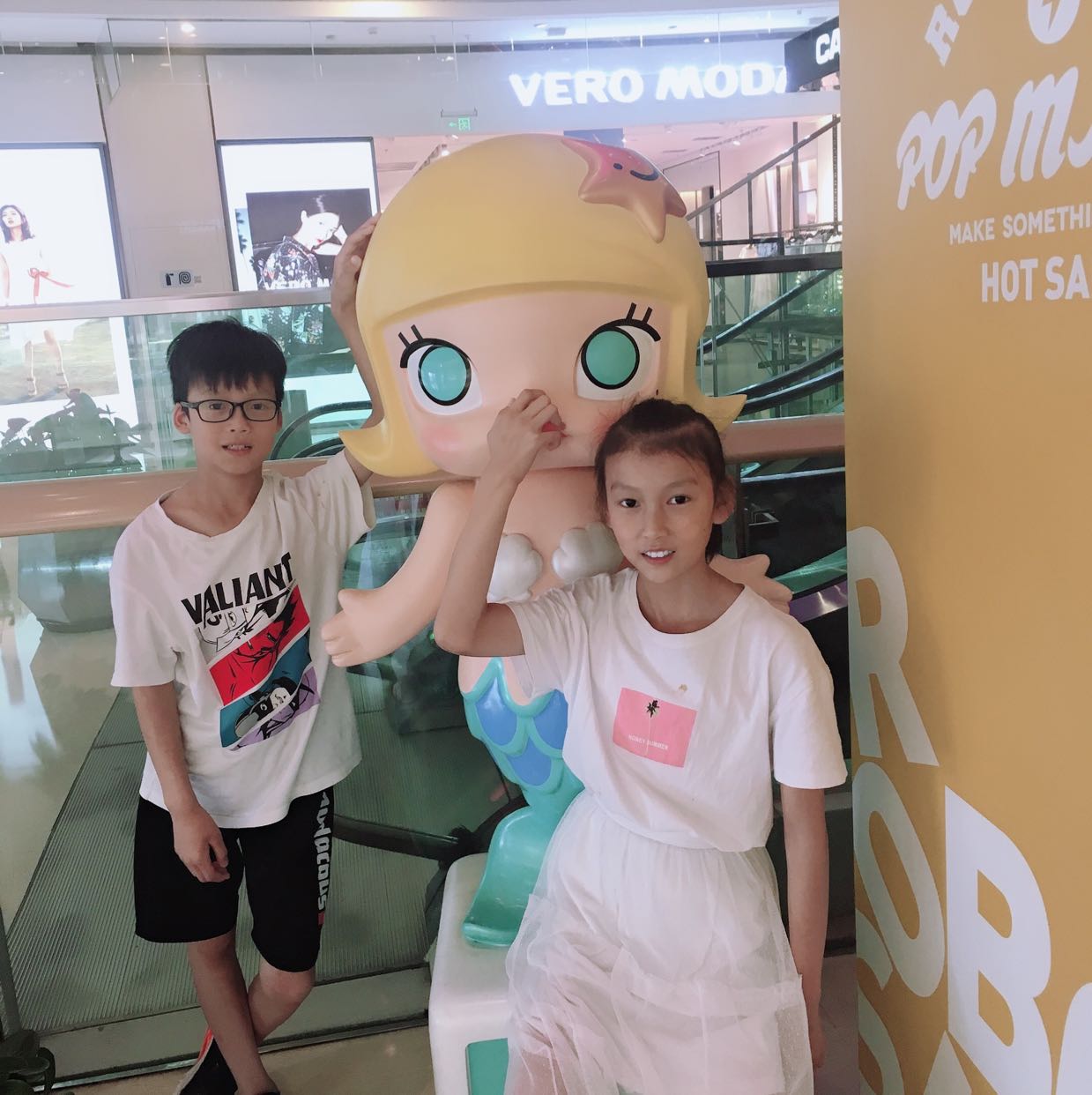
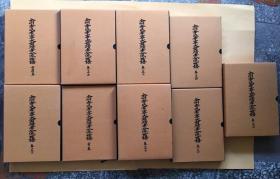
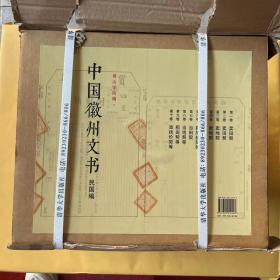

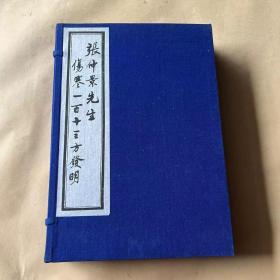
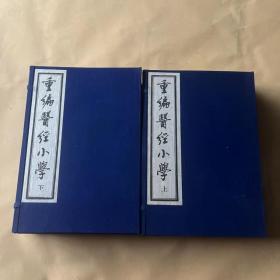










以下为对购买帮助不大的评价